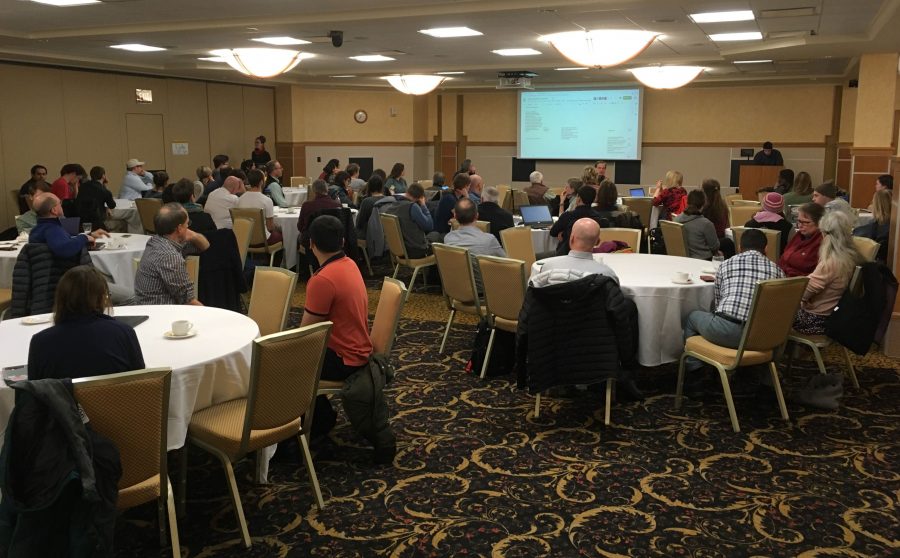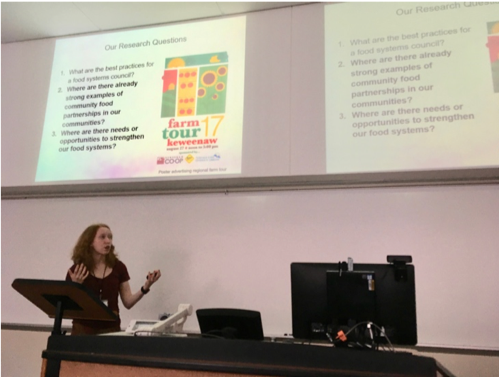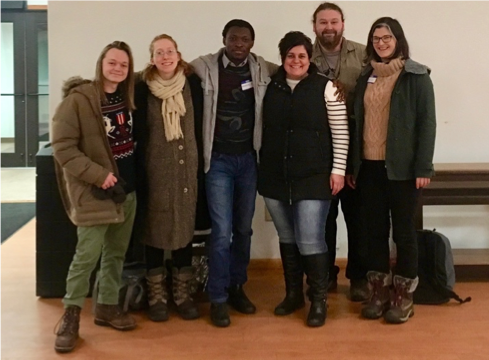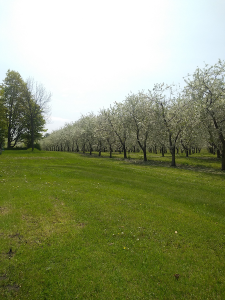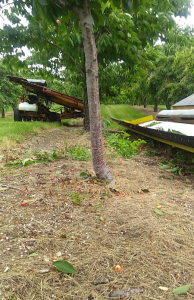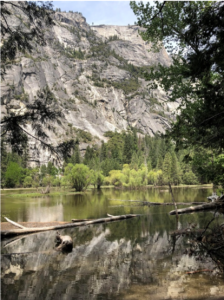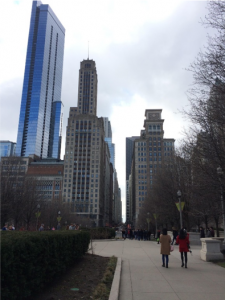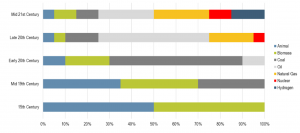This is a guest blog post from Nathan Hatcher, who is a Sustainability Science & Society Major at Michigan Tech. He can be reached at nrhatche@mtu.edu
Sustainability includes social, economic, and environmental aspects. Over this past spring semester, I became more aware of the sustainability activities that were going on behind the scenes at Michigan Tech. I learned about and attended events, like an Open House of the Sustainable Demonstration House and the planned (but put on hold because of the current pandemic) Waste Reduction Drive. Others dealt with more logistics, like universal recycling containers across campus.
The question of ‘How can we improve?’ became an interesting challenge. Improvements are essentially never ending, and can be implemented at various levels in the system, from individual student behavior, to the university leading the local community.
Below are some suggestions that Michigan Tech may be interested in looking into, followed by tips designed for the individual. Whether you’re a fellow student at Michigan Tech, part of the Houghton/Hancock community, or stumbled upon this online, these tips may help you think about how you can live more sustainably or how your workplace or school can become more oriented to sustainability in its practices.
Suggestions for Michigan Tech: In your search for how to become a better representative of sustainability, please consider some of the following ideas or their concepts.
- Website adjustments
- The university website platform could provide a place for students to be easily aware of recycling locations both on and off campus, which can help with reducing recyclable or reusable material in the landfill.
- The tips mentioned for individuals may also be of help. The list is meant to be expandable.
- Campus accessible gardens over winter (Indoor gardens).
- This may provide a way to enhance the social aspect of sustainability. Community, working together, building trust and relationships with others, helps improve sustainable practices.
- It can provide an active exercise for consideration of how others. A valuable tool, when determining the impact of an action/project on other people.
- It can also help address the Food Insecurity concern on campus.
- Course(s) regarding cooking and gardening.
- This provides a hands on way to understanding sustainability. From how crops are grown, to how food is prepared, and what can be done with leftovers. Composting, and organic growing methods can help with better understanding of the land and soil, and what might help improve it for continual use (taking fertilizers and related chemicals like pesticides out of the equation).
- Trading practice could help with the face-to-face interaction, knowing where food comes from or how it is handled. It also helps support the local economy in cases such as farmer markets. Farmers may be inclined to produce what gets more support, including how the food is grown (fertilizer or none, labor, permaculture, etc.) Students understanding the value of supporting others and how to support actions of interest may improve the quality of decision making.
Tips for the individual:
It does not matter who you are or where you are from, these tips are meant for everyone. Feel free to copy this list and expand on it if you would like. These tips may vary in value depending on your own situation, or lack-there-of. The goal is to become more aware, or mindful, of daily actions and what might improve them.
Rethink, Reduce, Reuse, Recycle
- Rethink: Asking yourself some of these following questions may help you become more aware of what you are spending, and if it is really necessary at the time.
- Do I need it? (Is it a necessity or a want?)
- How much do I already have?
- Will it spoil before I use it? (Applies to anything with a date)
- What do I need it for?
- Do I need it for daily tasks? (Cooking, Cleaning, Hygiene, Work, Relaxation)
- What will I do with it later this week?
- How much do I need?
- Will I run out before my next shopping trip?
- Do I need it? (Is it a necessity or a want?)
- Reduce
- Only get what is needed
- What kind of waste will I generate by purchasing this? (plastic that cannot be recycled, non-reusable or non-recyclable packaging)
- Buy in bulk when it makes sense and is possible. (Does not expire for a long time, or, a lot is used in a short period of time.)
- Reuse
- What did I purchase or have that I can repurpose? (Large glass jars, tin containers, boxes, etc.)
- Glass jars can usually be washed in a dishwasher and be used in various ways. Like a coin bank, a detergent container, juice, salsa, screws, nails, magnets, etc.
- Boxes are helpful for moving, packing, and organizing. They can fold flat too without compromising the structure of the box. Do you know someone who needs some boxes? By offering boxes to them, you reduce what would have been waste, and they get a few boxes they may need.
- Some packaging material may be worth holding on to, if it is intact, and you know someone who could use some packing material, ask if they would like it.
- Recycle
- Check what all can be recycled in your local area and how to prepare the material, if applicable.
- Cardboard (there are a couple different types of cardboard)
- Various plastics
- Glass (usually jars or bottles)
- Paper (usually printer paper and magazines. Shredding it before recycling may be an option)
- Bags (paper ones are usually ok, plastic ones usually need to be dropped of at a retail store)
The overall goal is to provide ways of reducing how quickly your trash bin fills up, and therefore, reduce what goes to the landfill. This is not a set list of instructions; rather, they are tips meant to spark awareness or maybe some ideas as to how each one of us can play a part in living more sustainably. It may even save you some money!
